The medieval walled city of Carcassonne sits in the luscious valley of the Aude river—the gap between the Pyrenees and the Massif Central.
Slate roofs glint in the sun atop 13th-century towers that dominate the horizon.
Surrounded by mountains and vineyards, the scent of pine shrubs, spicy herbs, and sweet flowers is carried on the cool winds. Known as the garrigue (gah-REEG), it is the signature scent of the south of France.
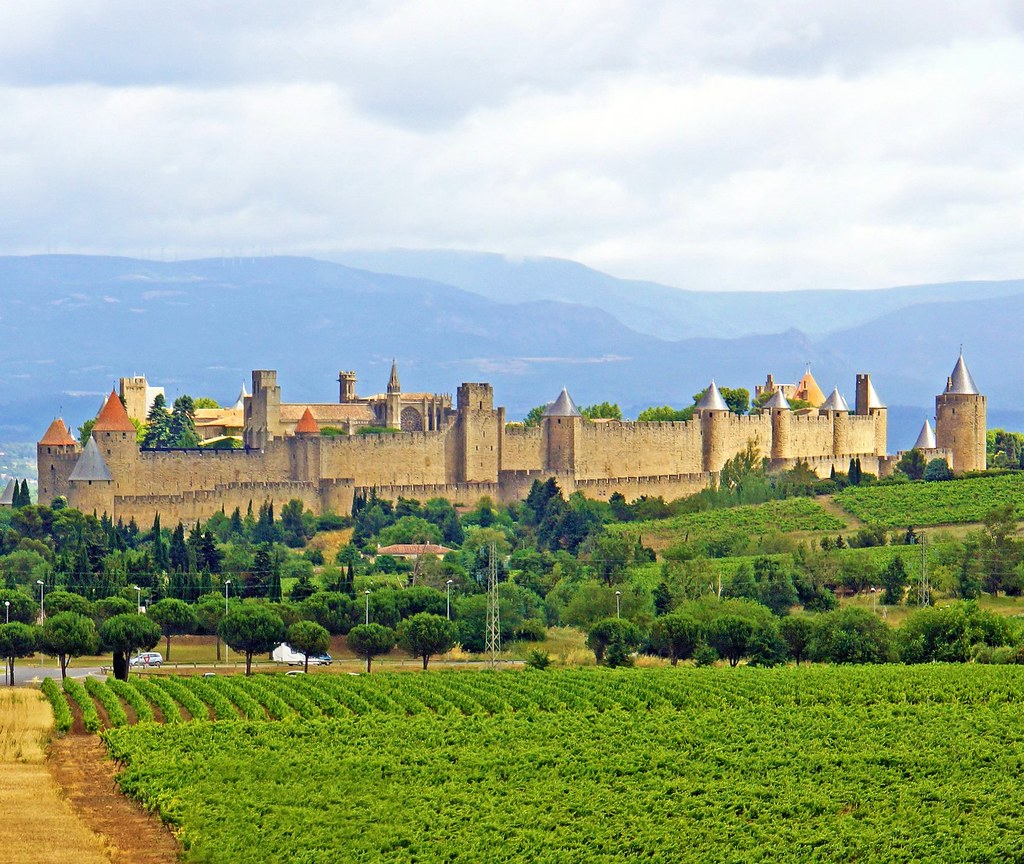
Here are 10 amazing facts about this medieval wonder that you might not know.
1. The walls of the city are 1.9 miles (3 km) long
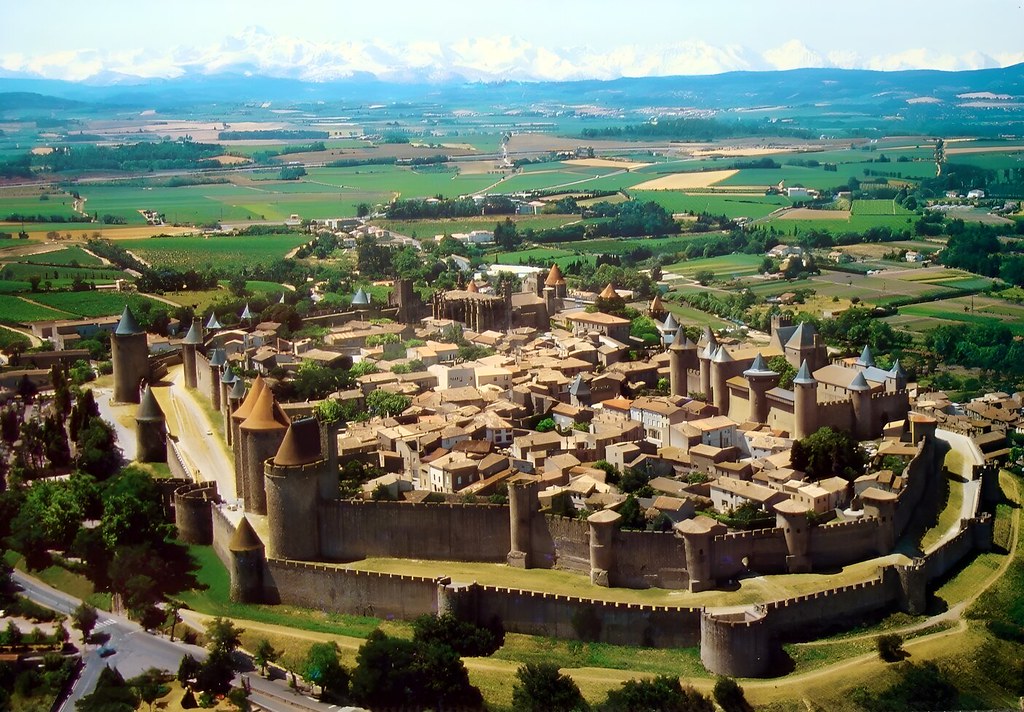

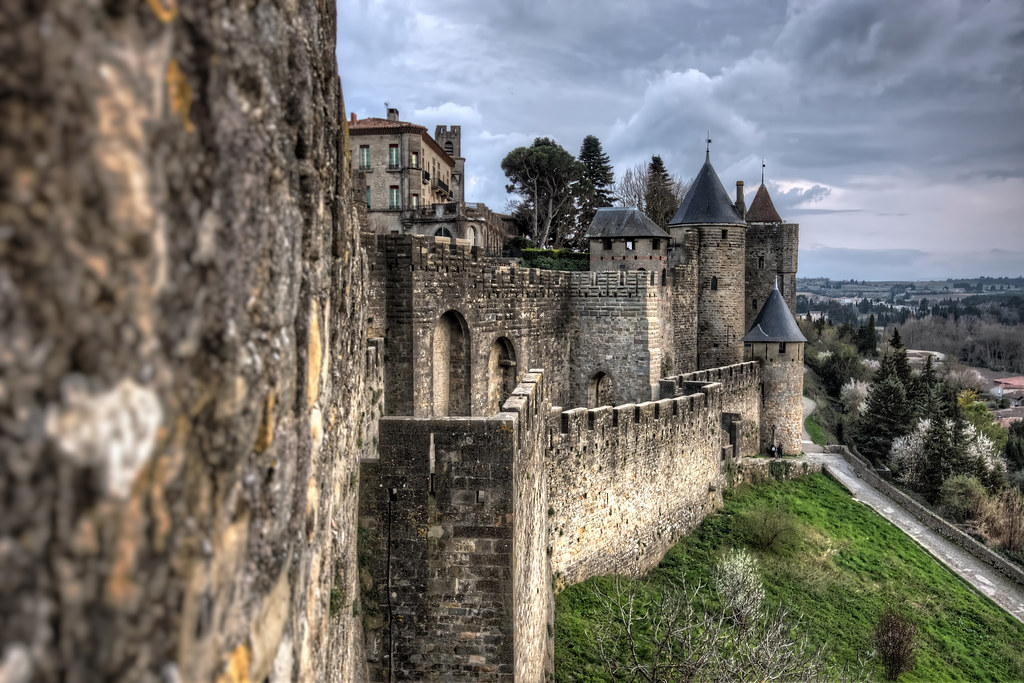
2. The city walls have 52 massive towers
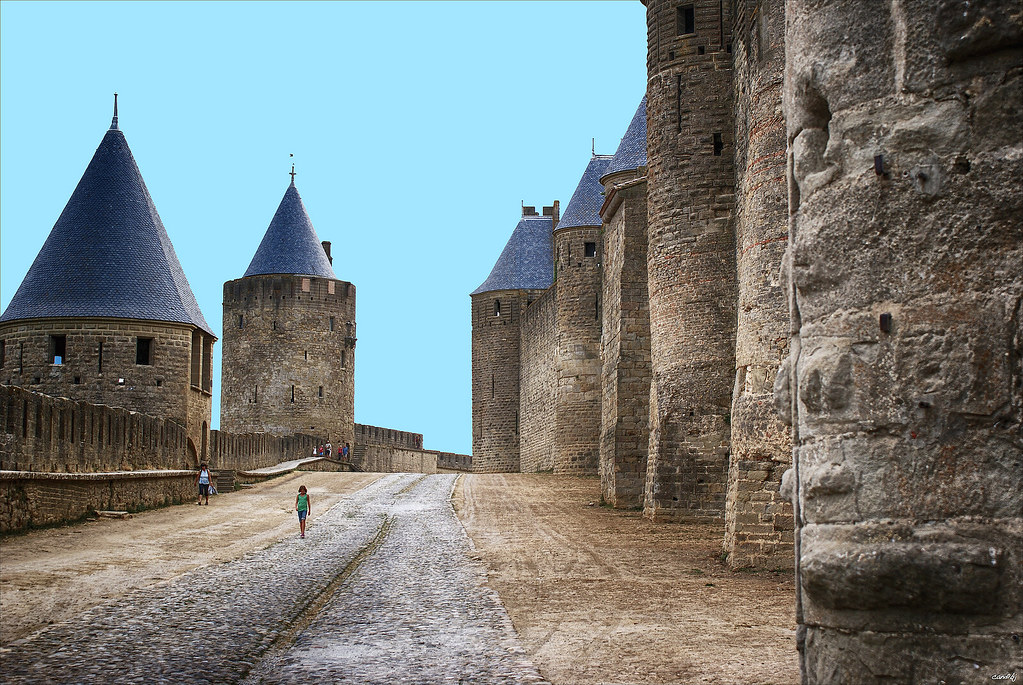
The fortified city has a concentric design having two outer walls with 52 towers and barbicans, designed to prevent attack by siege engines.
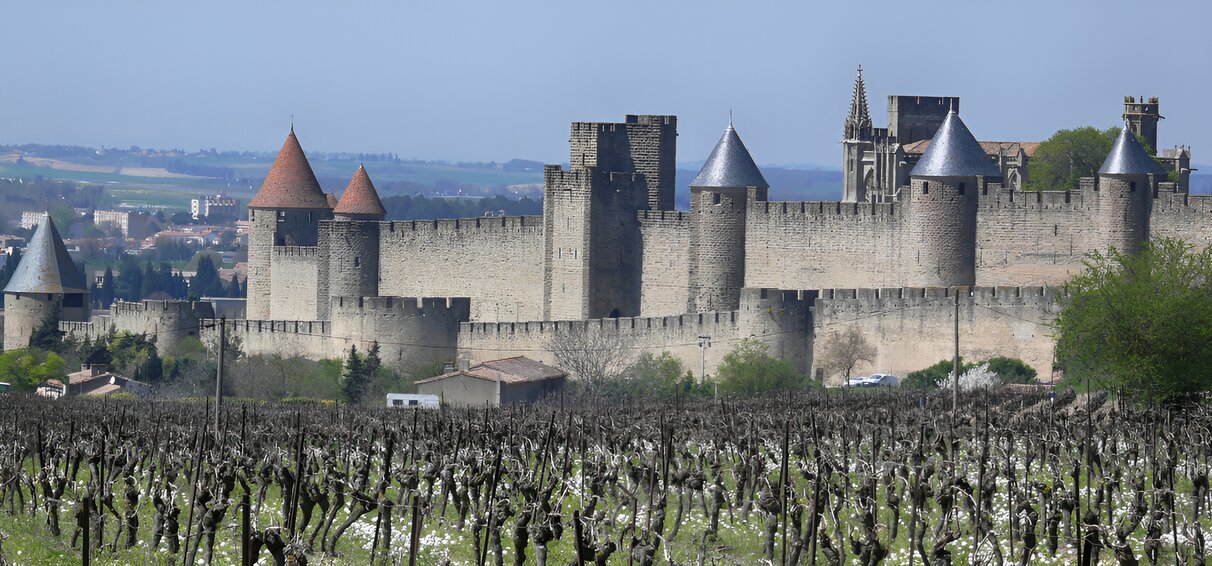
3. A Roman tower housed the Medieval Inquisition
The shallow-pitch terracotta tile roofs and red brick layers identify these towers as Roman, one of which is called “The Inquisition Tower”.
The Medieval Inquisition’s purpose was to root out and prevent the spread of Cathars and Waldensians—followers of religious movements that were denounced by the Catholic Church.
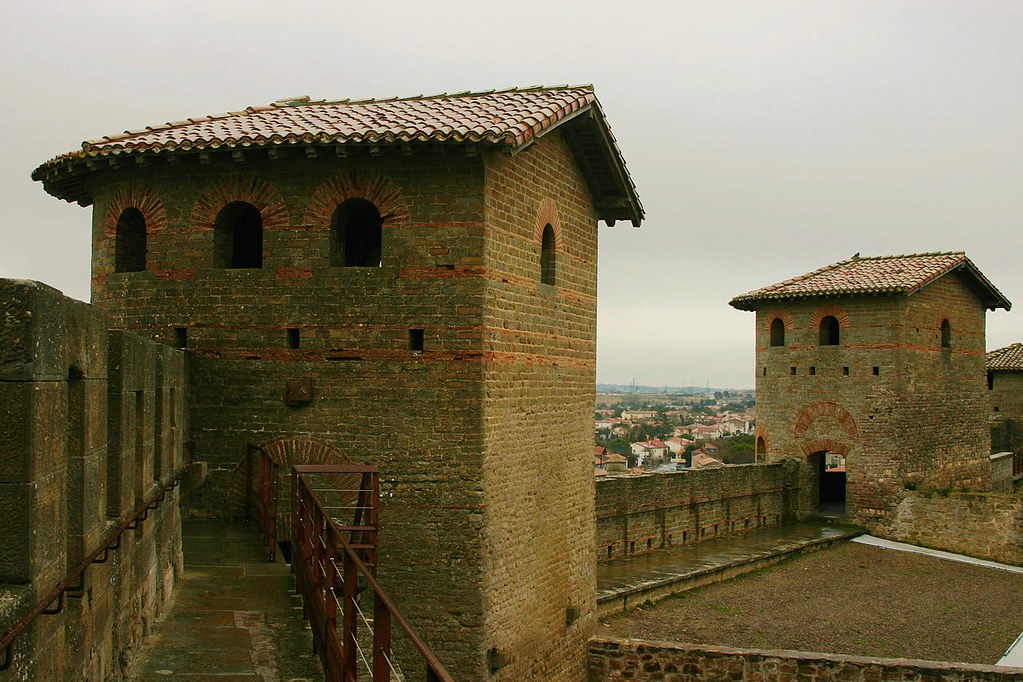
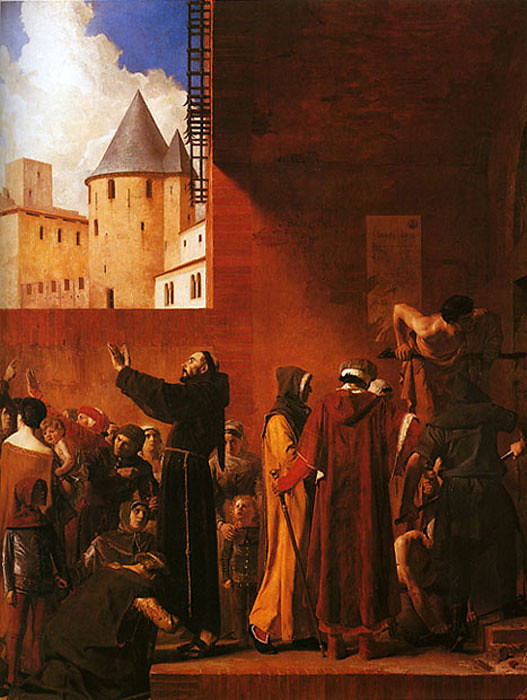
Extracts from a letter written around 1285 by the Consuls of Carcassonne to Jean Galand, a Dominican Inquisitor at Carcassonne, describe what conditions were like in the Inquisition Tower:
4. Carcassonne was the first fortress to use hoardings in times of siege
Overhanging wooden ramparts attached to the upper walls of the fortress provided protection to defenders on the wall and allowed them to shoot arrows or drop projectiles on attackers beneath.

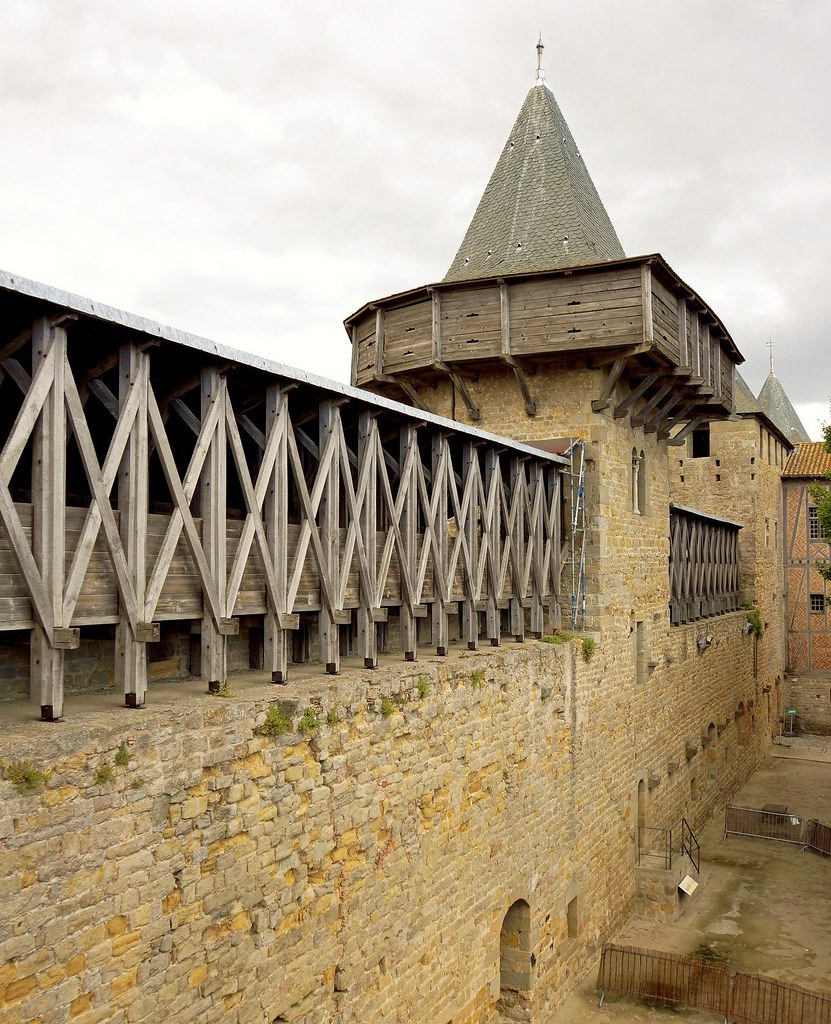
5. Edward the Black Prince failed to take the city during the Hundred Years’ War
During the 1355 Great Raid by the English in the Aquitaine–Languedoc region, Edward “the Black Prince” crippled southern France’s economy through the practice of chevauchée. This involved burning and pillaging enemy territory to reduce the region’s productivity.
When the Black Prince passed through Carcassonne, his army razed the Lower Town, but couldn’t take the extremely well defended walled city.
Carcassone’s position as a key defensive fortification on the border with Spain remained until the Treaty of the Pyrenees was signed, which effectively pushed the border further south—diminishing Carcassone’s strategic importance.

6. In 1849, the City of Carcassonne was nearly demolished
Not the news this Carcassonne gargoyle wanted to hear.
Carcassonne was struck off the roster of official fortifications under Napoleon and the Restoration.
It fell into such disrepair that the French government decided that it should be demolished, causing an uproar among local citizens.
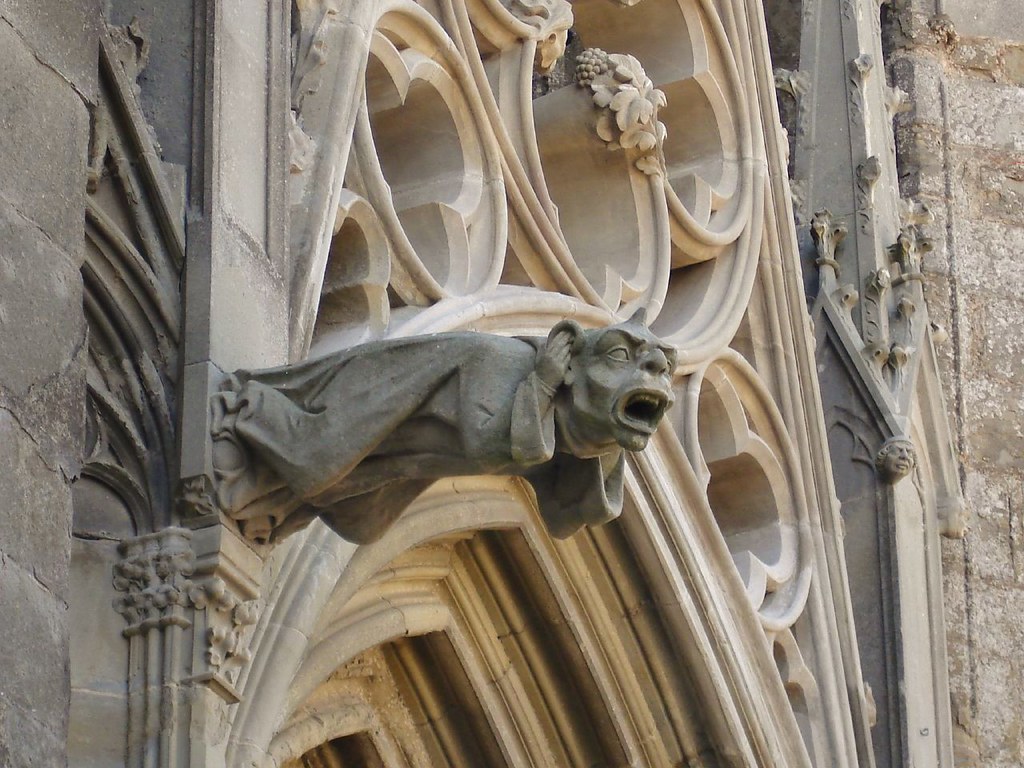
Mayor of Carcassonne, Jean-Pierre Cros-Mayrevieille, and writer Prosper Mérimée, inspector of ancient monuments, led a successful campaign to preserve the walled city.
The architect Eugène Viollet-le-Duc was commissioned to renovate the entire city.
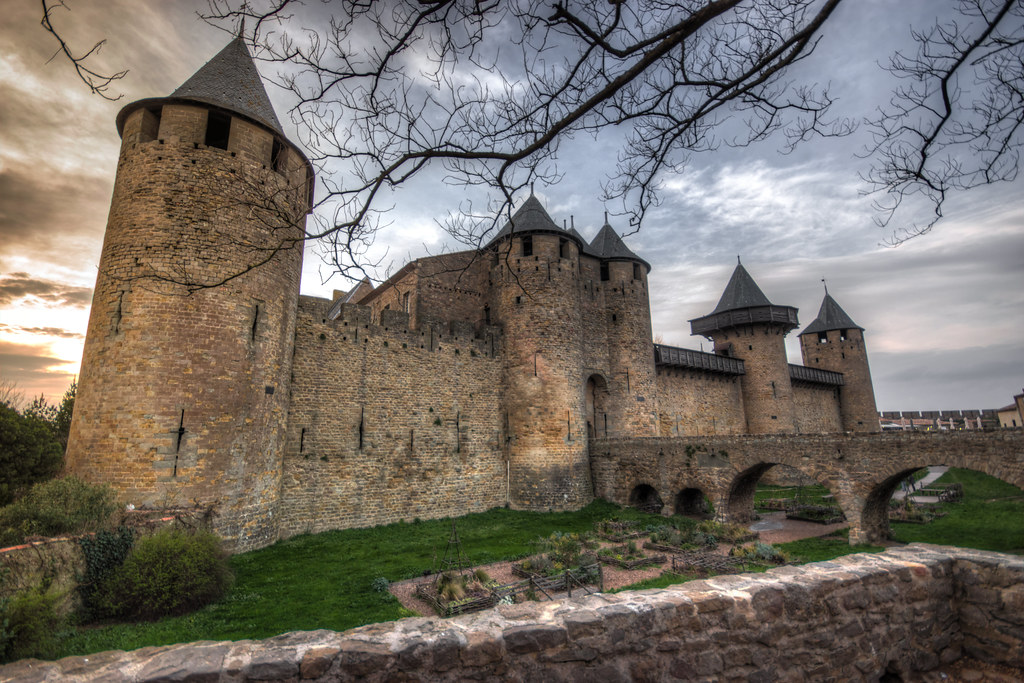
7. The French poet Gustave Nadaud made Carcassonne famous

He wrote a poem about the lament of a peasant man who dreamed of seeing Carcassonne before he died, but was never able to visit. His poem inspired many others and was translated into English several times.
8. In 1898, Pope Leo XIII upgraded Carcassonne’s Gothic Church to a Basilica
The minor Basilica is entirely inside the city walls. Famed for its stained glass windows—some of the oldest in the south of France—the Basilica of Saints Nazarius and Celsus is a national monument.
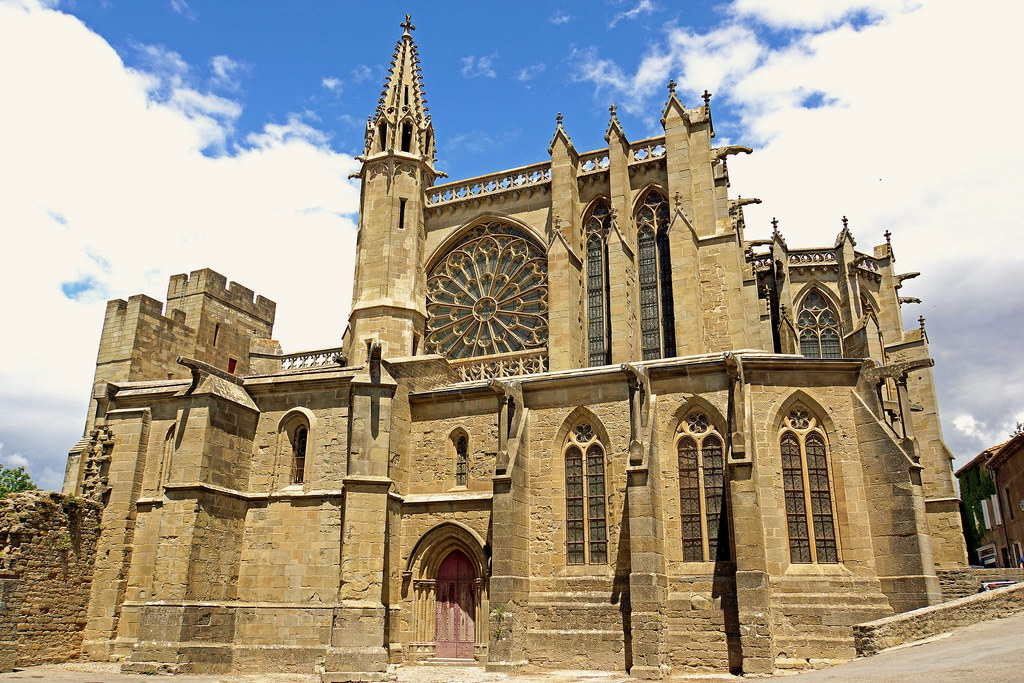

9. The city was named after a fairy-tale princess
In the 8th century, Carcassonne was under Saracen rule and besieged by Charlemagne’s army. Lady Carcas, a Saracen princess, fed a pig with wheat and threw it from the city walls, fooling Charlemagne into thinking the city had abundant food. Charlemagne lifted the siege, and in celebration, Lady Carcas rang the city bells. Thus, the city was named Carcassonne, meaning “Carcas rings.”
Although Lady Carcas is fictional, such oral traditions were commonplace in the 12th century and perpetuated in writing in later centuries. Similar legends link a number of historical characters in other times and places with similar ruses.
10. Carcassonne vies with Mont St Michel for the title of most visited monument in France
The citadel was restored at the end of the 19th century and in 1997 it was added to UNESCO’s list of World Heritage Sites.
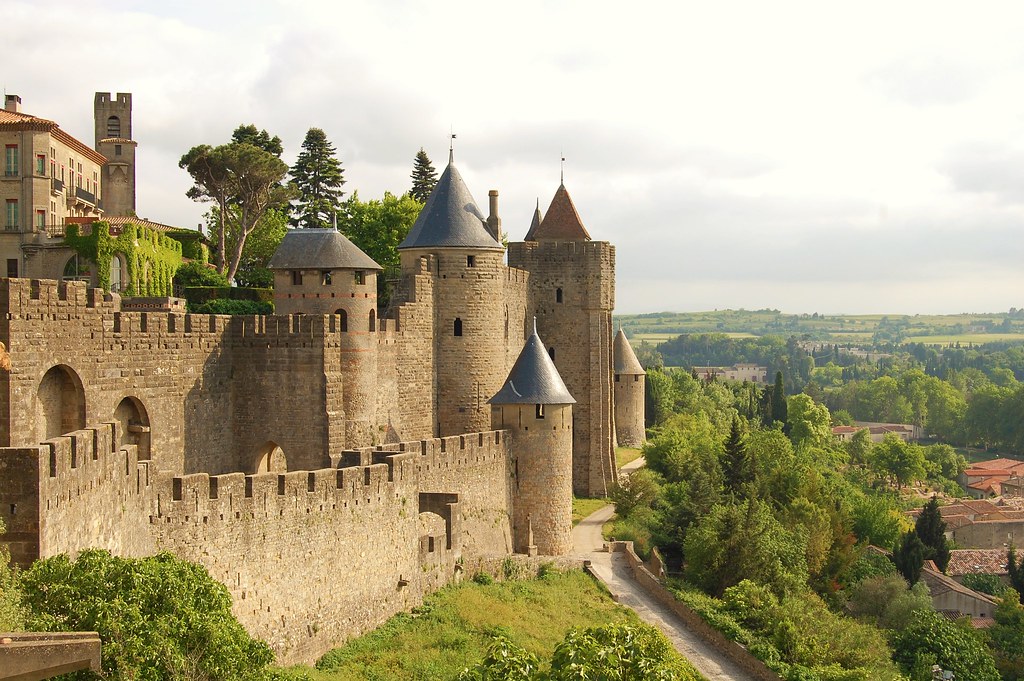
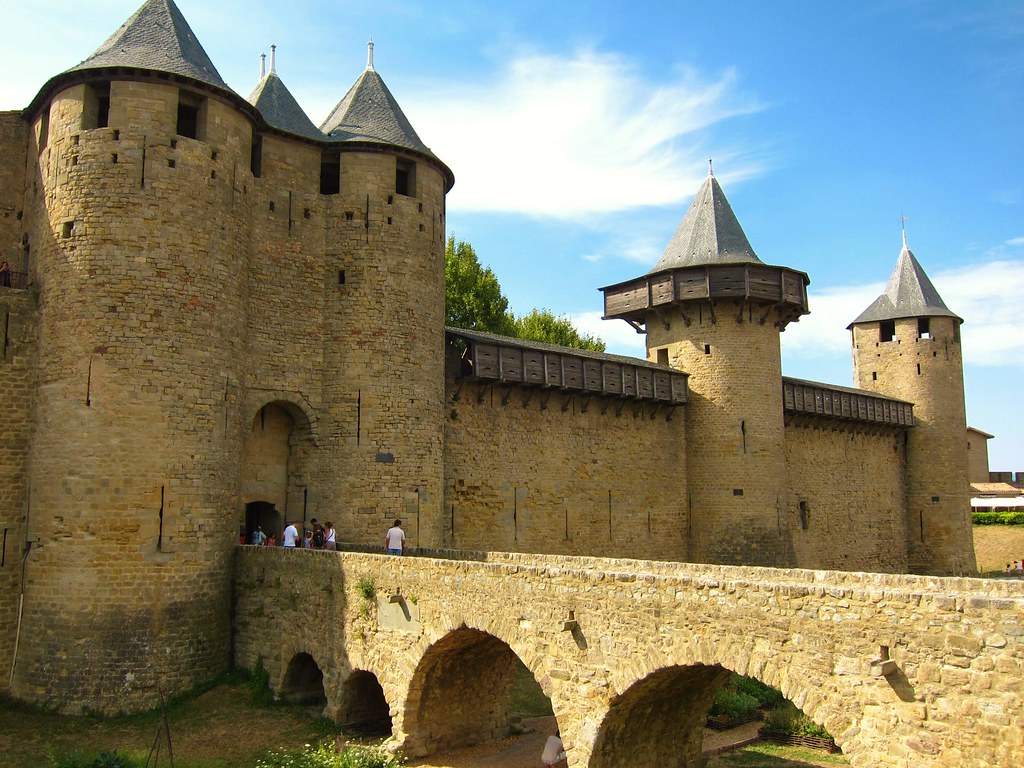
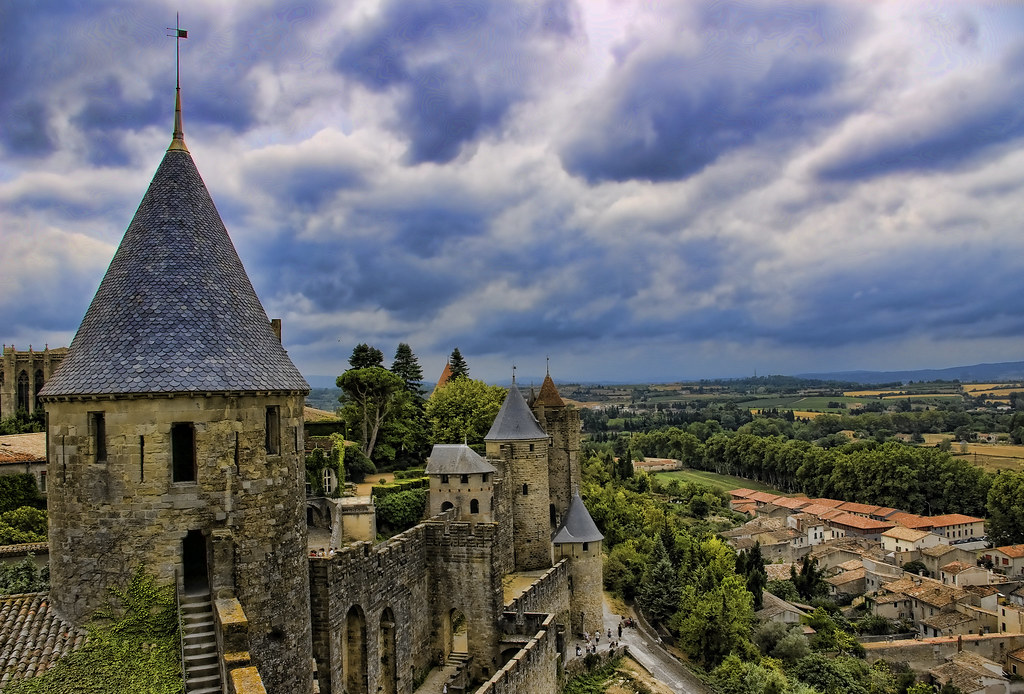
References and credits
Featured image: Alain Mach
Wikipedia.org
Living in the World’s Greatest Walled Cities—Lindsey Galloway for the BBC
The Inquisition Against the Cathars of Langeudoc
